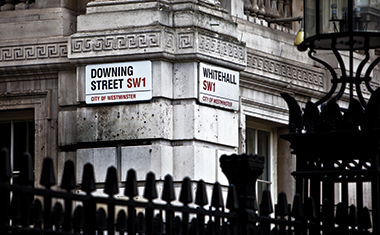UK Treasury calls for input on planned regulation of cryptoassets and stablecoins
The UK’s finance ministry had opened a consultation on the regulation of cryptoassets and stablecoins.

The treasury notes the rise of stablecoins in its paper
Her Majesty’s (HM) Treasury has released a document representing the “first stage” in a consultative process.
It seeks views on “the benefits of new technologies, supporting innovation and competition, while mitigating risks to consumers and stability”.
The document also asks participants to present evidence of wholesale uses of cryptoassets, and the “broader use of distributed ledger technology (DLT)” in markets.
John Glen, MP and economic secretary to HM Treasury, says that two years on from the launching of a government taskforce “the landscape is changing rapidly.”
He adds stablecoins could “pave the way” for faster, cheaper payments. Glen says there is increasing evidence DLT could have “significant benefits” for capital markets.
Despite this, the document underlines potential financial stability and consumer risks stemming from widespread adoption.
Glen writes the government wants to create a regulatory environment in which firms “can innovate while maintaining the highest regulatory standards.”
Independent regulators
One of the proposals requiring feedback is the shape government regulation could take.
“The government is proposing an approach to cryptoasset regulation under which firm requirements are designed and implemented by the independent regulators,” the document states.
“This would involve the independent regulators using agile powers to issue rules or codes of practice, within a framework of objectives and broader considerations set by HM Treasury and Parliament.”
Currently, the Financial Conduct Authority (FCA) is in line as the regulator of choice for token-based cryptoasset activities. In some cases the Bank of England or the Payment Systems Regulator (PSR) may also step in.
The Treasury confirms it and Bank of England continue their analytical work on the opportunities and risks associated with central bank digital currencies (CBDCs).
Bitcoin’s future?
As for existing cryptocurrencies, they would remain used “for speculative investment purposes”. They would remain “outside the perimeter for conduct and prudential purposes”.
More stringent regulation could come into force when these cross into the purview of the ongoing financial promotions regime.
Stablecoins could play “an important “role in retail and cross-border payments,” the document notes. “However, in the absence of appropriate regulation and oversight, they could pose a range of risks.”
Interested parties have until the 21 March 2021 to submit their responses.
Related: Central banks in Europe, Japan and Canada assess potential digital currencies











































